Word of Mouth: Art and Culture on the Faroe Islands
Our spectacular return to the small Nordic nation
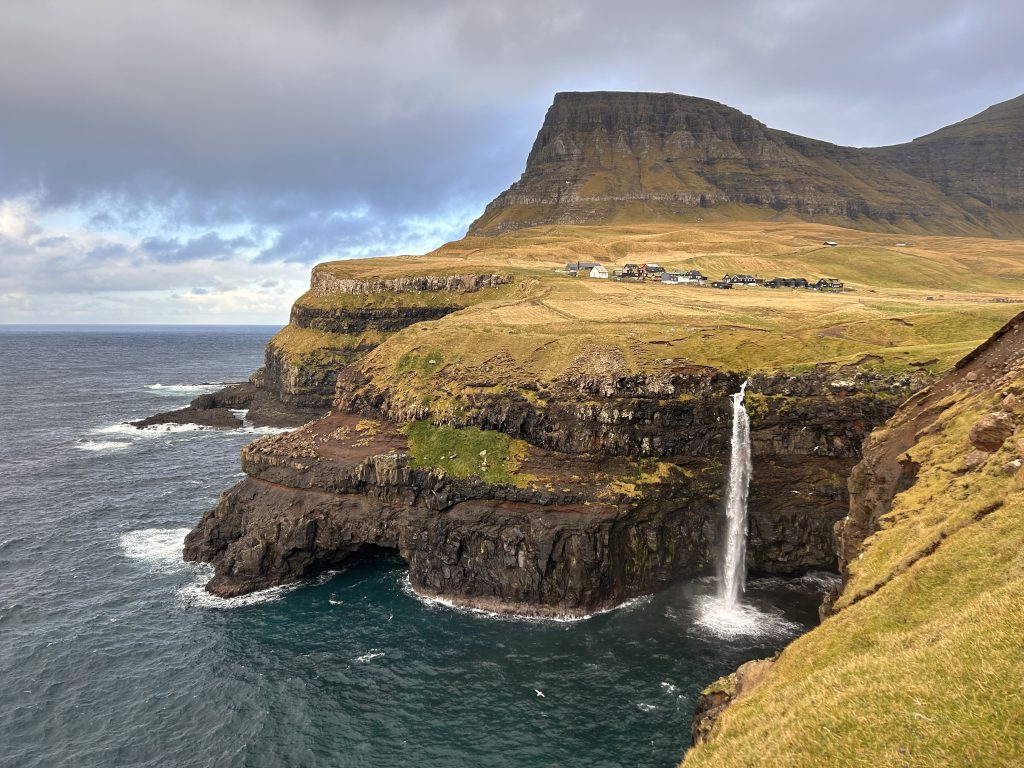
The Faroe Islands, a small Nordic nation located in between Iceland and Norway, is a destination at glorious odds with itself. Just a hundred years ago, roads and cars did not exist across its eighteen mountainous islets. Instead, its inhabitants, the Faroese, would opt to trek long distances across its fields and over mountains, paddle across its rivers and lakes, and ride on horseback to wherever they sought to go. Goods were transported around the islands by horse cart and ferry.
Today, they possess the world’s only underground roundabout, lit at its core with brilliant shades of green and blue and decorated with an art installation by Trondur Patursson that depicts a ring of people holding hands. Part of a subsea tunnel network, it helps link the capital of Tórshavn with the second most populous island, Eysturoy. In downtown Tórshavn, visitors can now find unique restaurants and chic local boutiques, but can also stroll the centuries-old community of Reyni, with its grass roofs and black timber that stand like a screenshot in time.

A country of only 50,000 people (and twice as many sheep), the Faroes feel both ancient and brand new, as younger generations discover ways to maintain a connection with their cultural roots while reaching toward the future and sharing their findings with interested visitors. As such, there are tons of ways to learn more about Faroese culture during a trip there, which we suggest you should carve out at least five days for, despite its small size.
The islands are also a natural marvel, reminiscent of Iceland (pre-tourism boom), with otherworldly jagged peaks covered in moss, lonely stretches of black sand beach and more waterfalls than you can count, some snaking, some gushing their way across the landscape. Driving from one destination to another will more than likely inspire multiple reasons to stop, gawk and photograph, from consistent double rainbows to charming seaside towns.

The National Gallery of the Faroe Islands
On the topic of a nation discovering itself, there is perhaps no greater example than in its quickly evolving arts scene. Visit their National Gallery, conveniently located in downtown Tórshavn, and you’ll see what we mean. The oldest documented examples of Faroese art are there, neo-biological illustration style paintings of birds, only from the late 1800s.
A potential hypothesis for the nation’s late entrance to art, museum curator Anna Maria Dam Ziska informed us, is the level of isolation the Faroese experienced up until a century ago—making it difficult not only to find supplies for creating art, but also a community to share their creations with. It’s fascinating, considering the earliest direct evidence of human settlement on the Faroe Islands dates all the way back to the arrival of the Vikings in around AD 800, and recent studies suggest even earlier habitation is distinctly possible.
Regardless, over the past several decades, artists on the Faroe Islands have finally begun to flourish—finding their own artistic voices that are worth a listen. Unencumbered by the presence of a “traditional” style of painting there, many have taken their own artistic liberties with surprisingly bright colors to depict the natural landscapes and wonders of the Faroe Islands. Many Faroese artists are especially inspired by the sea, which a large bulk of the country makes their living off from fishing and whaling.
One particular artist, Sigrun Gunnarsdóttir, stands out. Combining surprisingly quirky and sentimental elements of religious iconography, from tiny little birds painted randomly in the corner of her mother’s living room to an imagined church sitting at the base of the Faroe Islands’ largest mountain, which her studio looks onto and inspires many of her most popular works. Another Faroese industry currently finding its footing, filmmaking, recently saw the exciting release of a Wes Anderson-esque documentary about Gunnarsdóttir. Called Heartist, the charming feature just claimed the Best International Documentary Award at the Los Angeles Documentary Film Festival.

Shop and Dine in Downtown Tórshavn
The capital city of Tórshavn is oozing with charm and interest, both ancient and modern. Before shopping, make sure to grab a coffee and walk the docks, making your way through the narrow cobblestone streets of historic á Reyni. The oldest neighborhood in the city, its black-tarred wooden houses with grass roofs date back to the 14th century. Past Reyn, walk over to the rocky outcrop between two harbors known as Tinganes. The original place of gathering for the Viking parliament, you can still spot old stone etchings like a Viking sundial.
Next, stroll over to Guðrun & Guðrun, a local designer known for their creative uses of Faroese wool. Not the softest variety of wool, breed more for strength and weather resistance, Guðrun & Guðrun takes a unique approach of combining it with other varieties of wool and alpaca, and using it to add creative textural touches to jumpers and more. A women-owned and operated shop (founded by two women named Guðrun), their designs shot to fame after being worn in the hit Danish drama The Killing.
Art lovers will also want to make sure to pay a visit to Steinprent, a gallery and lithographic studio located on the water by the boat docks. Downstairs, find paintings and prints by local artists, then head upstairs to witness the process of stone lithography. Each print at Steinprent is rolled by hand on limestone, making them the perfect Faroese souvenir.

Attend a Music Festival in the Homes of Locals (HOYMA)
Another fascinating tenet of Faroese culture is the way their national music scene is quickly evolving. Prior to the introduction of roads on the island, the only documented Faroese music that existed was in the form of ballads—long, mournful, heartfelt ballads. They sung these ballads, and spoken word music, while dancing the “chain dance,” their national dance that consists of a two-then-one step, linking arms in a circle all the while. This dance and its accompanying ballads are intrinsic to Faroese culture, serving as a time capsule for its native language, history and myth.
It wasn’t until a legal import embargo was lifted in 1856 that musical instruments were introduced into the country, and since then the Faroese have been leaning into the rhythm. A visit to the music center in downtown Tórshavn, called Tutl, will likely yield several local vinyl records to purchase, but perhaps also a small show by a local band or musician, depending on your timing. While in the shop, this author listened to a pianist and bass duo that also introduced us to Faroese “grotto music”—concerts played from inside sea caves around the island. Without an official concert hall to perform in, locals have gotten extremely creative about their venues.
Every autumn, for instance, they put on a unique music festival called HOYMA, and are currently expanding their plans to have smaller HOYMA performances throughout the year. A tongue-in-cheek phonetic spelling of the Faroese word for “home,” HOYMA is a one-day festival that takes place entirely in local homes. Families open their doors to artists who play unplugged musical sets in their living rooms, and pass around, to new guests and family alike, a single cup and bottle of akvavit—a variation of schnapps that tastes like a less jarring version of ouzo. Fill the small cup and drink as much as you’d like before passing both on to the next person. Many homes will also put out platters of food, from cured salmon toasts to small bowls of boiled potatoes and cod, which you can top with a sauce made from the fermented bowels of a sheep.

See (and hike to) Stunning Waterfalls
One of the most striking features of the Faroese landscape is its many waterfalls, and luckily you won’t have to look for long to find them. In fact, you’ll see some of them from the window of your plane as you taxi at the airport upon arrival. Scattered across the country, though, are some truly mind boggling ones, which somehow put the other one thousand waterfalls to shame. One is Múlafossur, which you don’t have to drive up close to for the best view.
Instead, park before the entrance to the town of Gásadalurand and walk down a slightly hidden path that yields a viewpoint from across the waterfall—one that is perhaps becoming most synonymous with the Faroe Islands’ unique natural beauty. The iconic foss sprays its way down into the ocean, surrounded on both sides by jagged coastal cliff. The small, secluded village of Gásadaluron appears in the background.
Also gorgeous is the multi-tiered Fossa, which you can park nearly right in front of and walk all the way up to, if your shoes provide you enough traction to not slip on the wet rocks leading up to it. Either way, Staring up at the enormous waterfall is a great photo moment, and also one that simply makes you feel small in a very cool way. Water, falling from the sky and the rocks, splashing up in foamy waves against the islands’ shores, is superlatively intrinsic to Faroese culture.

Taste Subsea Vodka at the Faer Isles Distillery
See previous statement about the Faroese connection to water, then leave it to them to produce the world’s first subsea vodka, distilled using fresh water found from a thousand-year-old source below the seabed. The result is a uniquely flavorful vodka with a rounded mouthfeel meant for sipping rather than shooting down. It helps that distilled seaweed was also added during the process, lending a unique umami.
That’s just one product by Faer Isles Distillery, which co-founder Dánial Hoydal tells us was just finally approved to sell their own bottles at their tasting room as of this week (they launched their first products in 2021)—another striking example of the quickly evolving culture and society on the islands. Up until a few years ago, distilling spirits of any kind was actually banned on the island entirely. Now, Faer Isles has its own akvavit and dry gin in addition to the Subsea vodka, and even has their first Faroese whiskey in the works.
Driving us down the road to their barrel house, also still in the works, Hoydal tells us excitedly about other releases they are working on, including a gin that spotlights a “truffle seaweed,” in addition to the whiskey that they plan to bottle in 2026. The half-finished barrel house sits on the edge of a dramatic cliff—with barrels overlooking a precarious drop into the sea as wind whips around the open industrial room. When asked whether this unfinished environment might affect the final product, Hoydal says, “I hope so.”




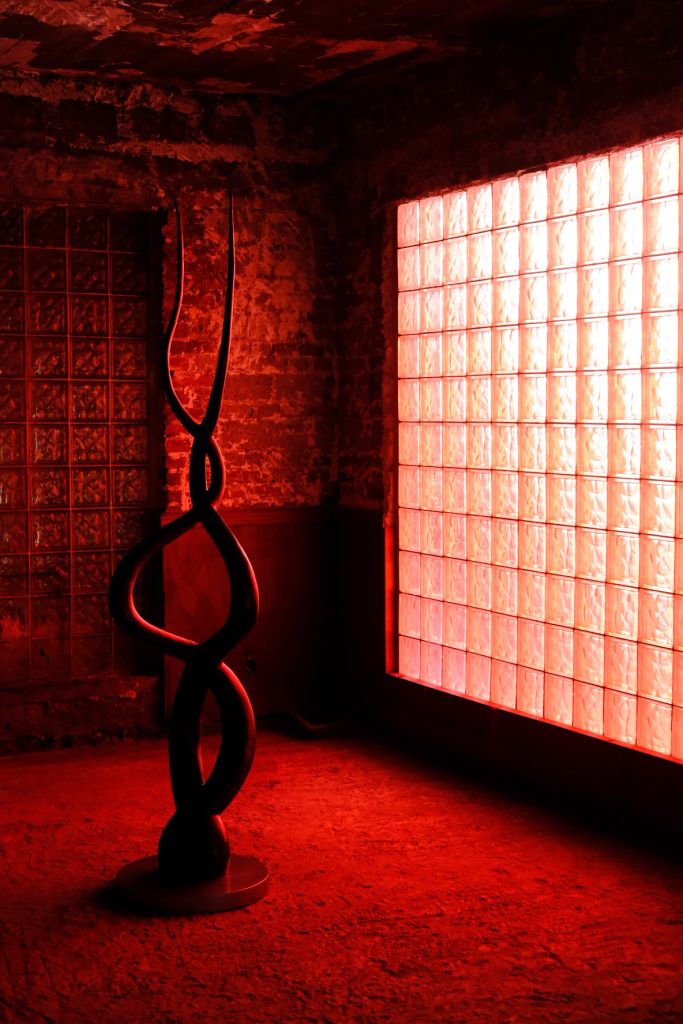



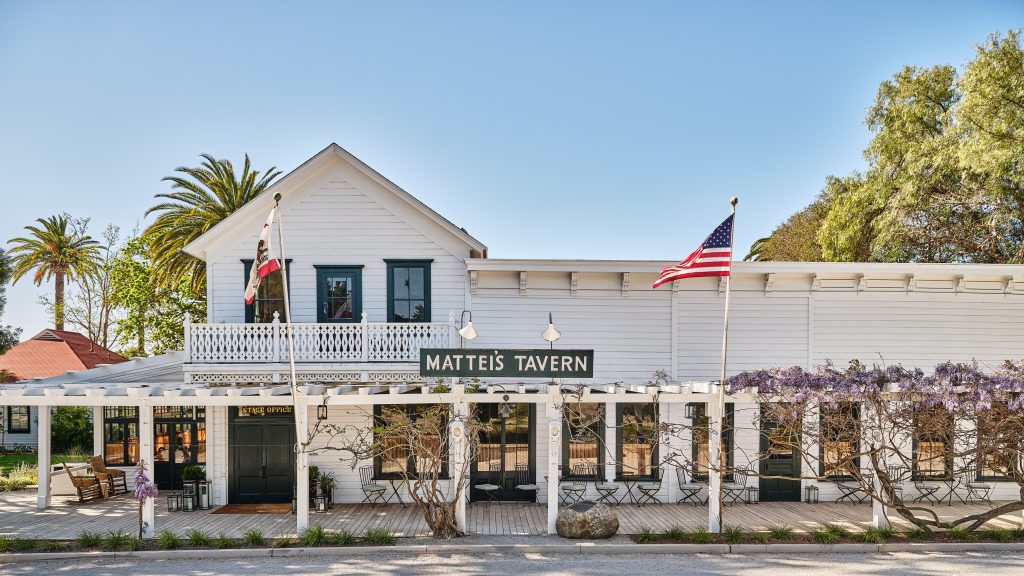


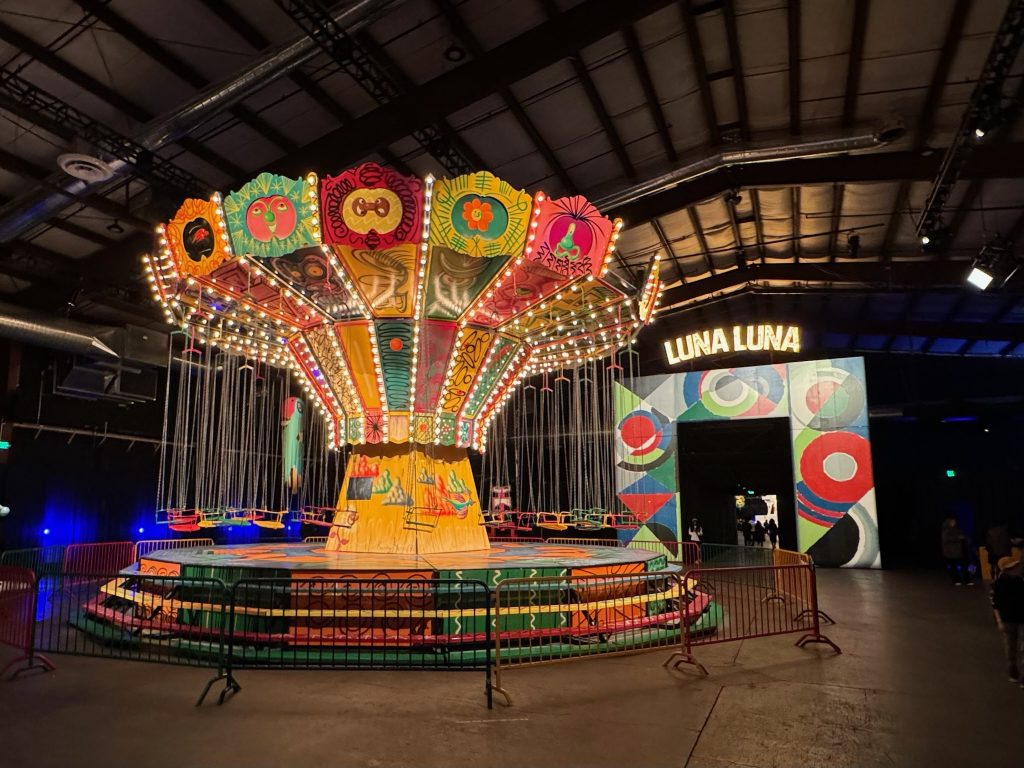
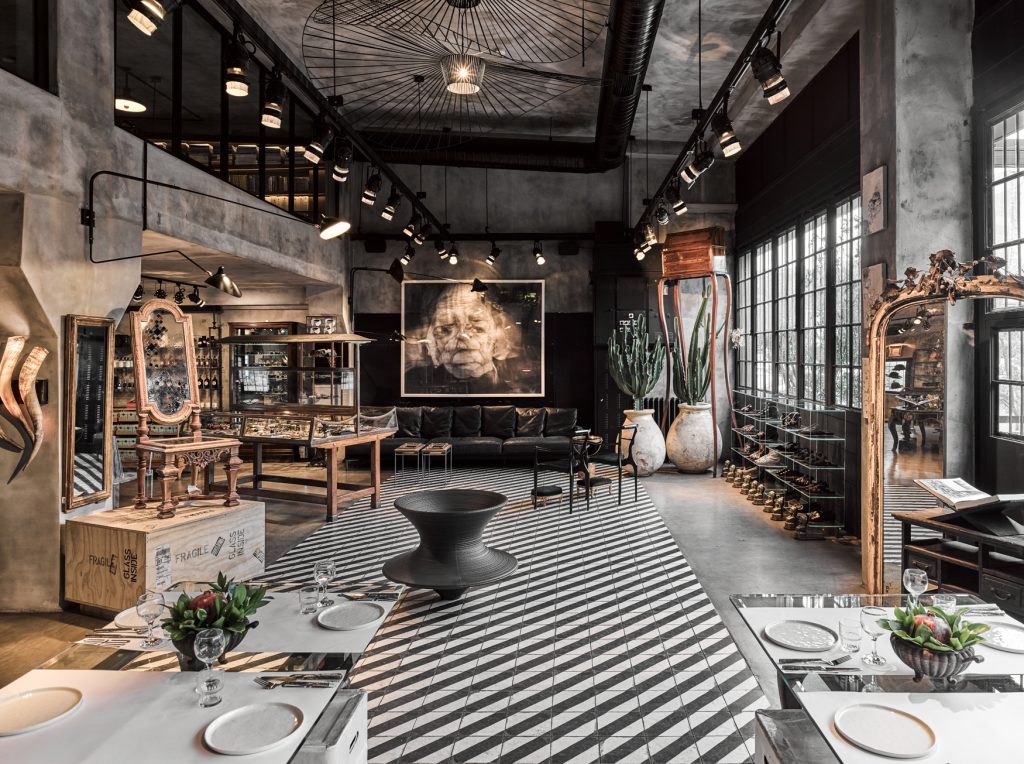
What are your thoughts?